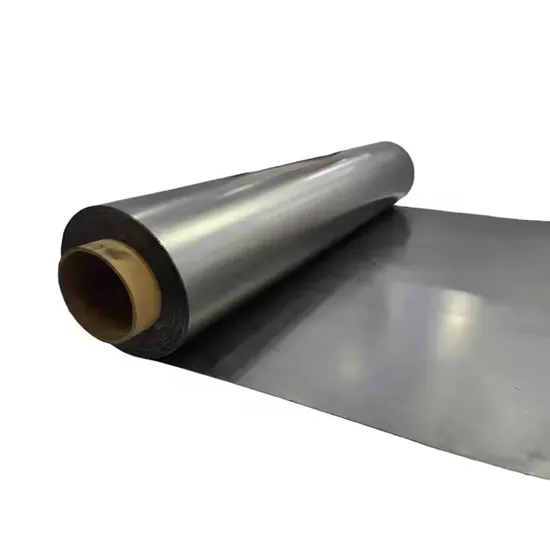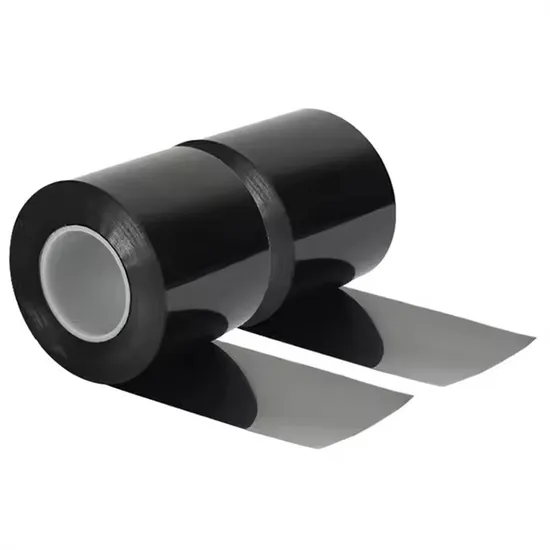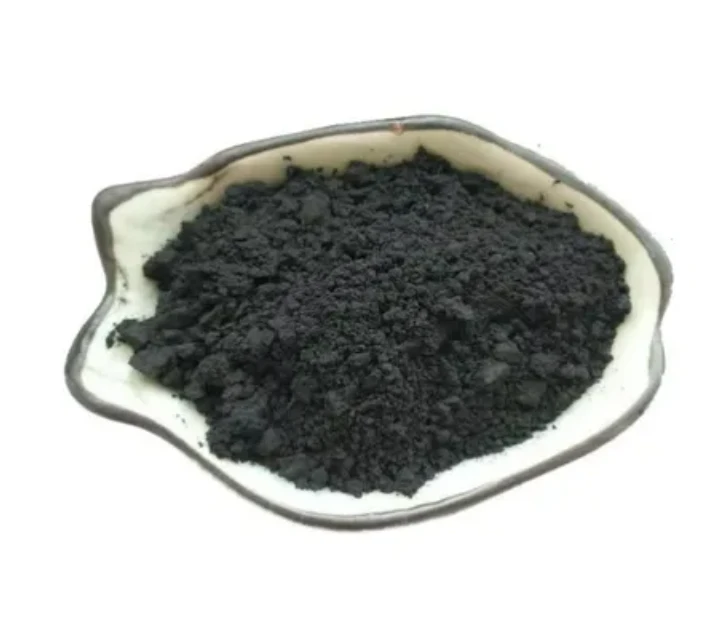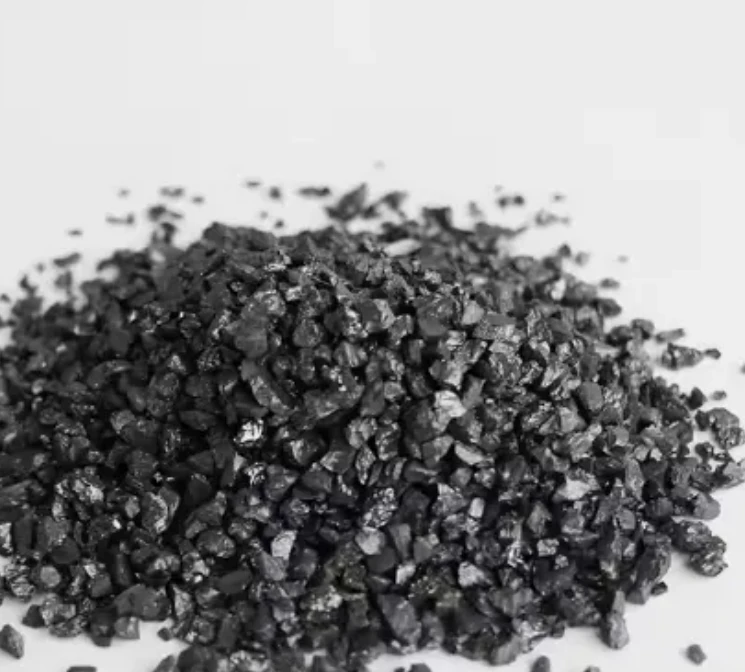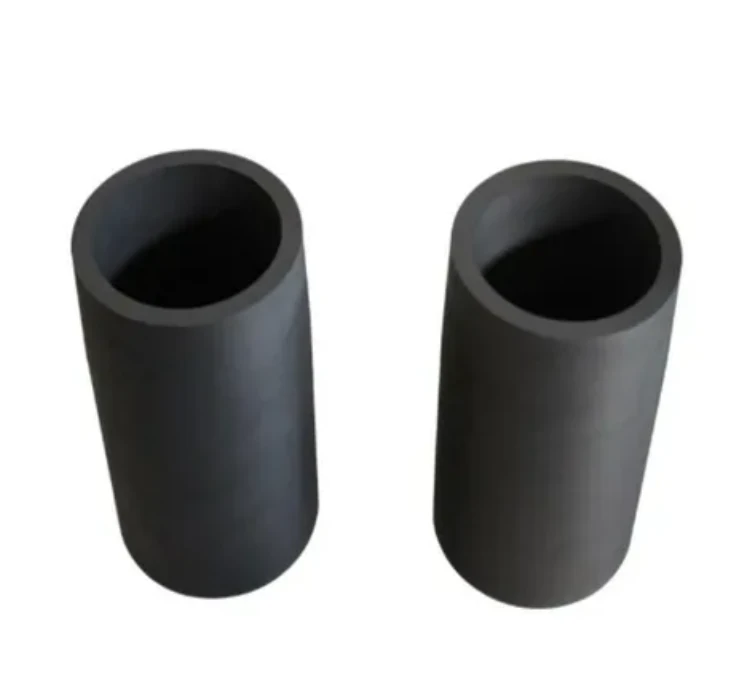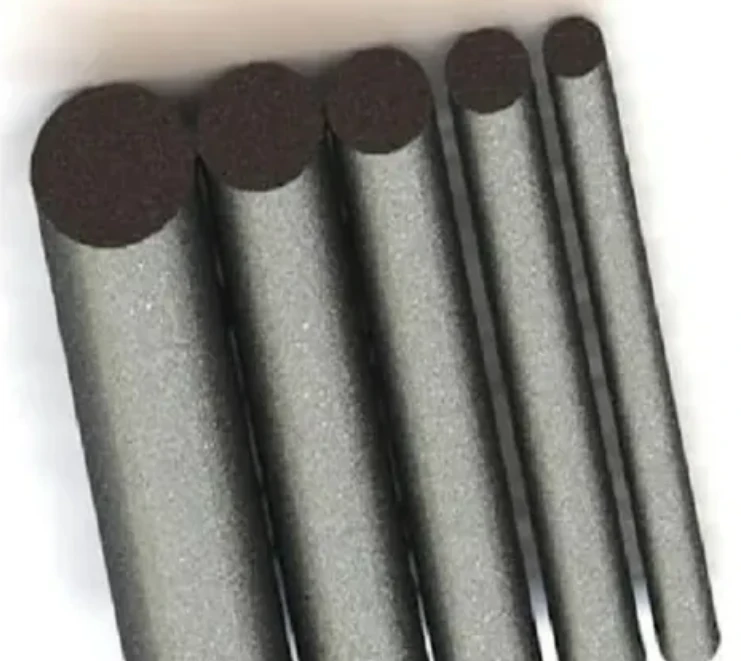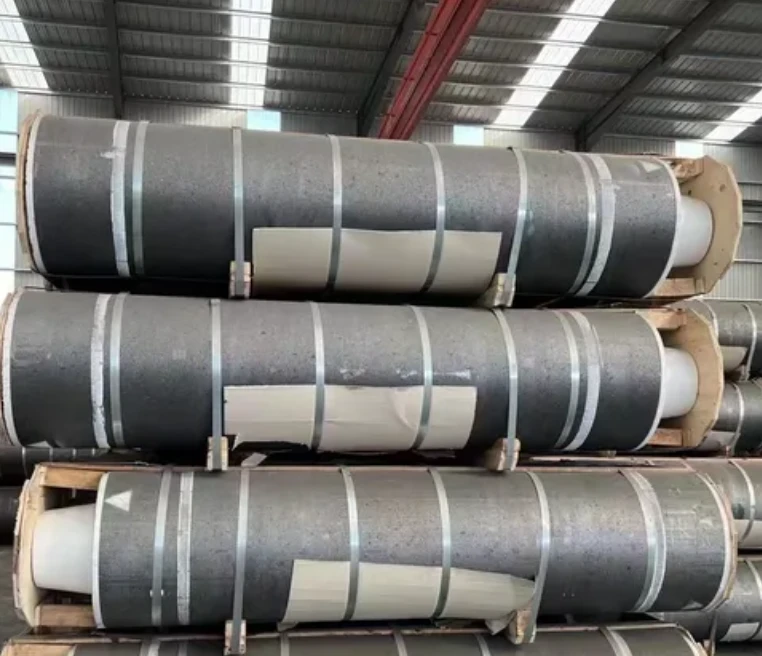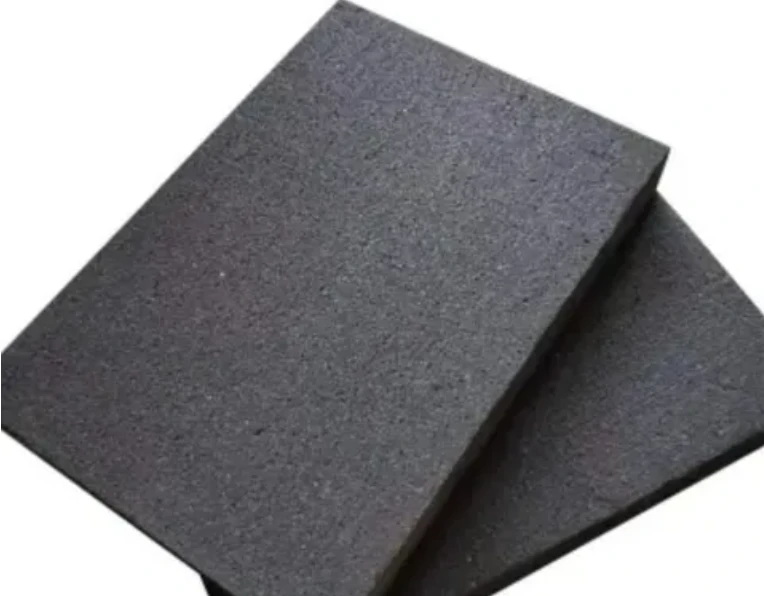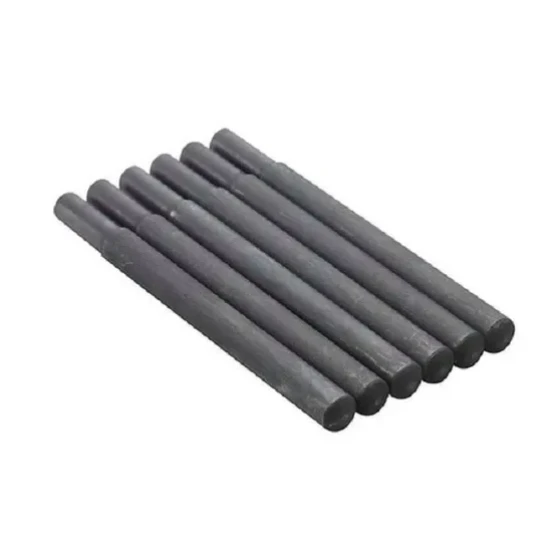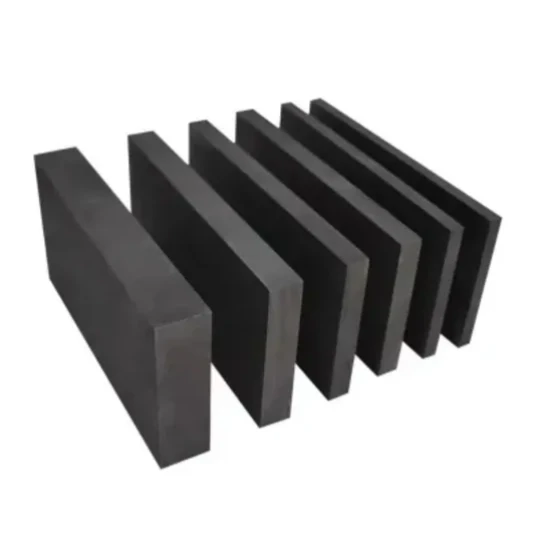- Englist


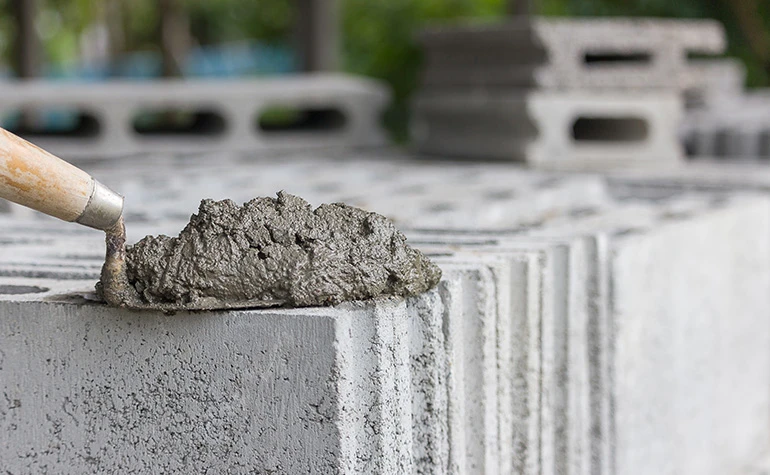
- Introduction to UHP Graphite Electrodes
- Technical Advantages Over Standard Grades
- Performance Comparison: Leading Manufacturers
- Custom Solutions for Industrial Applications
- Cost Efficiency and Pricing Dynamics
- Real-World Implementation Case Studies
- Future Outlook for UHP Graphite Electrode Demand

(uhp graphite electrode)
Understanding UHP Graphite Electrodes in Modern Industry
Ultra-high power (UHP) graphite electrodes are critical components in electric arc furnaces (EAFs), enabling efficient steel recycling and alloy production. With global steelmakers prioritizing 30-50% faster melting cycles, these electrodes deliver 98.5% electrical conductivity while operating at temperatures exceeding 3,000°C. The global UHP graphite electrode market reached $7.2 billion in 2023, driven by rising demand for sustainable steelmaking solutions.
Technical Superiority of Advanced Electrode Materials
UHP-grade electrodes outperform conventional models through three key innovations:
- Bulk density exceeding 1.70 g/cm³ (vs. 1.65 g/cm³ in HP grades)
- Flexural strength above 15 MPa under extreme thermal stress
- Oxidation resistance lasting 25% longer than ISO 8000-2 standards
Laboratory tests confirm UHP electrodes reduce power consumption by 18-22% per ton of molten steel compared to RP-grade alternatives.
Manufacturer Benchmarking Analysis
| Parameter | GES | Toka | GrafTech |
|---|---|---|---|
| Annual Capacity (tons) | 150,000 | 85,000 | 220,000 |
| Resistivity (μΩ·m) | 4.8 | 5.1 | 4.6 |
| Thermal Shock Resistance (cycles) | 120+ | 95 | 135 |
Application-Specific Engineering Solutions
Specialized UHP electrodes now accommodate diverse operational requirements:
- Diameter options: 400mm to 750mm
- Custom nipples: 4-thread vs. tapered designs
- Coating systems: Aluminum-based vs. ceramic layers
For silicon metal producers, electrodes with enhanced oxidation resistance demonstrate 40% longer service life in 1,800°C operational environments.
Economic Considerations in Electrode Selection
Despite higher initial costs ($3,800-$4,500/ton vs. $2,900 for HP grade), UHP electrodes deliver 12-15 month ROI through:
- 22% reduction in electrode consumption per melt
- 14% lower energy costs
- Reduced furnace downtime
Industry Implementation Success Stories
A Turkish steel mill achieved 19% operational cost reduction after switching to 600mm UHP electrodes, processing 1.2 million tons annually. Key metrics:
- Electrode consumption: 1.8 kg/ton (vs. 2.4 kg previously)
- Arc stability: 99.2% (from 97.5%)
- Monthly maintenance hours: 18 (down from 32)
Strategic Value of UHP Graphite Electrode Technology
With EAF-based steel production projected to reach 50% global market share by 2030, UHP graphite electrodes remain essential for manufacturers targeting carbon-neutral operations. Industry analysts forecast 6.8% CAGR for UHP electrode demand through 2030, driven by metallurgical advancements and renewable energy infrastructure expansion.
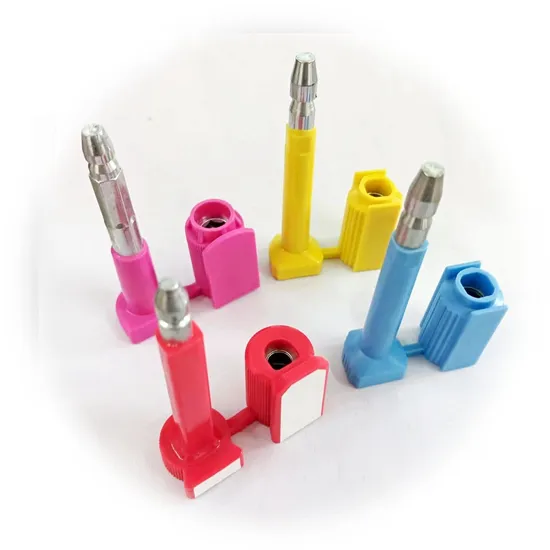
(uhp graphite electrode)
FAQS on uhp graphite electrode
Q: What is a UHP graphite electrode?
A: A UHP (Ultra High Power) graphite electrode is a premium-grade conductive material used in electric arc furnaces for steel production. It offers superior thermal resistance and conductivity, making it ideal for high-intensity industrial applications.
Q: What industries use graphite electrode UHP?
A: UHP graphite electrodes are primarily used in steelmaking, particularly in electric arc furnaces (EAFs). They are also utilized in ferroalloy production and silicon metal refining due to their high durability and efficiency.
Q: What factors affect the UHP graphite electrode price?
A: Prices depend on raw material costs (like needle coke), production complexity, and global demand. Market fluctuations, energy prices, and geopolitical factors also significantly influence pricing trends.
Q: How does UHP graphite electrode differ from regular graphite electrodes?
A: UHP electrodes have higher density, lower resistivity, and better oxidation resistance compared to regular grades. They withstand extreme temperatures and longer operational cycles, reducing replacement frequency.
Q: Why does UHP graphite electrode price vary by supplier?
A: Pricing differences arise from manufacturing quality, technical specifications, and supplier certifications. Additional costs like logistics, tariffs, and after-sales services also contribute to variations.





 Pervious
Pervious
 Next
Next
